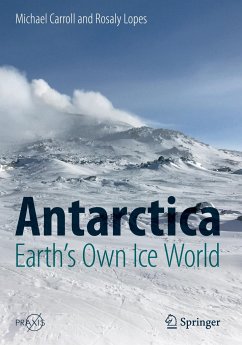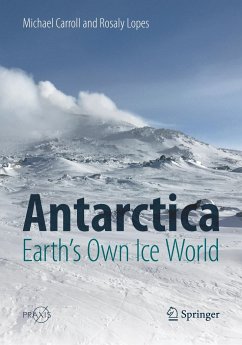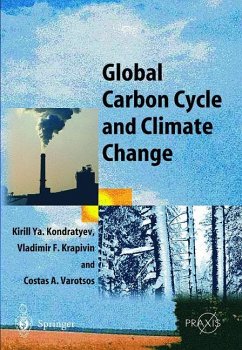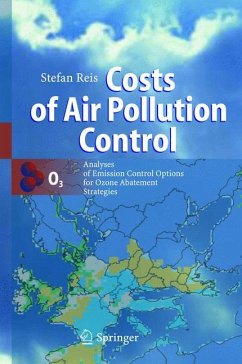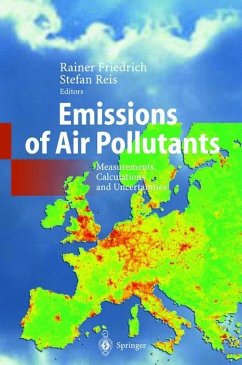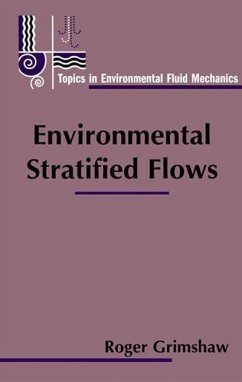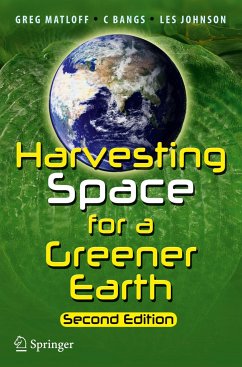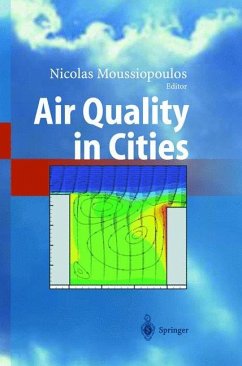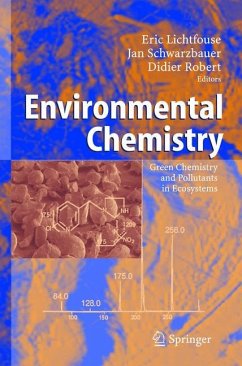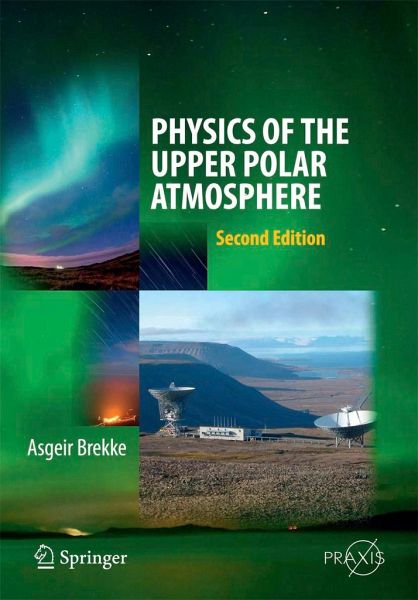
Physics of the Upper Polar Atmosphere
Versandkostenfrei!
Versandfertig in 6-10 Tagen
113,99 €
inkl. MwSt.
Weitere Ausgaben:

PAYBACK Punkte
57 °P sammeln!
This is the only extended textbook that covers in particular the physics of the upper polar atmosphere where the polar lights demonstrates the end product of a process taking place at extremely high latitudes between the solar wind and the upper polar atmosphere.
A textboook that meets the modern requriement for reading in order to obtain a master of science or a Dr. of science degree in upper polar atmosphere physics or the interaction between the soalr wind and the Earth's atmosphere
A textboook that meets the modern requriement for reading in order to obtain a master of science or a Dr. of science degree in upper polar atmosphere physics or the interaction between the soalr wind and the Earth's atmosphere





